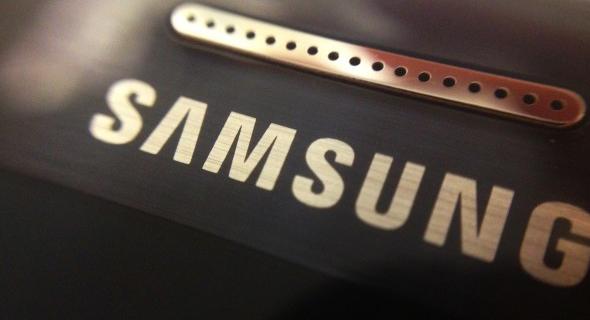Last Updated on April 12, 2017 by Mathew Diekhake
When it comes to mobile devices, we don’t see them gain value with age like a fine baseball card any matter how classic it was back in its day. Never is that more shameful than with an almighty smartphone like the original Galaxy S I900 that most likely has seen a battering in its day and no longer in mint condition. There is one thing that age does make us like more, and that is playing around with customization. Many experts will go all out and customize the most expensive of new smartphone because they are that confident with their abilities. Nevertheless, a lot of folks will not and it doesn’t become appealing until the handset begins to age; it is more dispensable and worth less money. There’s also the chance of it no longer being the daily drivers for users so they can bear to make a blunder here or there.
Let me tell you we don’t expect anything to go wrong during this guide, but it does always come with a risk. Furthermore, because this is a custom ROM it will void the warranty as we need to apply a custom recovery in order for it to work. The flash counter will tick over, and if sent away for a warranty claim, the workers will see right away and not touch it. Users can revoke this issue at any time by downgrading back to the stock firmware issued by the official Samsung developers.

The other reason that makes this appealing is that Sammy are no longer rolling out an OTA updates and upgrading the software. It is a natural occurrence as the handsets get old the companies want people to upgrade. If you see bugs inside the current firmware you either have to buy a new handset or look into the custom scene.
The Galaxy S came out in June of 2010 with Android 2.1 and saw the following updates: Android 2.2, 2.3 Gingerbread and 2.3.5. That is a far cray from where we are today. Since then Android developed to Ice Cream Sandwich, Jelly Bean and last Kitkat although we are looking at the Android L Develop Preview now.
Checklist
Backing up is never more important than when delving into thew custom view because a mandatory wipe is necessary before we start. That means that all of your data will vanishes unless you back it up and reapply the data afterwards. Backup the contacts, so you still have your friend’s phone numbers, backup the market apps, call logs, SMS text, photos, music and video files. If you already are on root access take an NANDroid backup or use Titanium. If running stock, I prefer to roll with Helium or if it’s just the contacts you want try syncing with the Google account of Samsung Kies.
The Galaxy S comes with microSD and microSDHC expandable storage memory cards for additional space away from the internal memory. One of these cards is required to continue with this guide. During the steps, we need to install from SD as one of the options. The cards do not come with a smartphone, but the slot does. If you need to buy the card either online from websites such as eBay or head to your local retailer.
Because we transfer files, we need a computer along with the handset. It can be any computer this time, and it doesn’t need to be a Windows PC like the other times when we flash with Odin. A Mac OS X or a Linux-based kernel will work just the same. We aren’t delving any deeper than transferring files from the desktop so it’s not a big deal. Laptops or notebooks will also work as long as they have a USB connection port.
There is no choice but to enable USB Debugging Mode and install the up to date Samsung USB Drivers if you do not have both already. USB Debugging is accessible from the Settings app.
How To Update The Samsung Galaxy S I9000 To Android 4.4.4 KitKat Custom ROM
1. Download the Google apps package here.
– Save it to the desktop or C: Drive.
2. Download the Android 4.4.4 custom ROM here
– choose from the same save locations again. If you want to delete them after installing the desktop is the best option.
3. Fetch the USB cable
– If you can’t find it look at the phone charger wire.
4. Plug one end into the smartphone and the other end into the computer system unit where you see the USB slot.
5. Transfer both of the packages over to the devices SD card.
6. Disconnect the handset from the computer properly by stopping the USB mass Storage device.
7. Access the recovery mode.
– it needs to be held for 15 seconds and turn off for this to work.
8. From inside recovery do the following options:
– wipe cache partition
– wipe data factory reset
– wipe dalvick cache from advanced settings
9. Go to the main menu in recovery and pick “install zip from SD card” accompanied by “choose zip from SD card.”
10. Upload the ROM file and then upload the Google apps.
11. Go back to the reboot system now option and select it.
12. When it reboots, the new firmware is loading.
